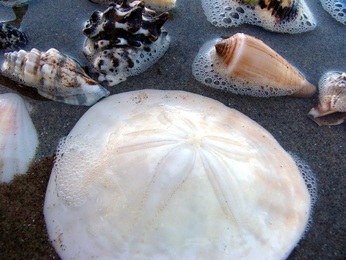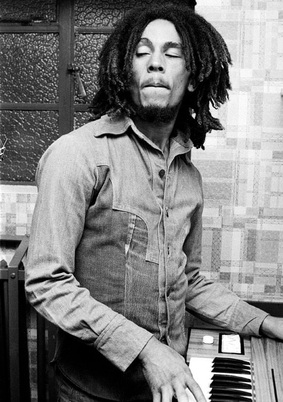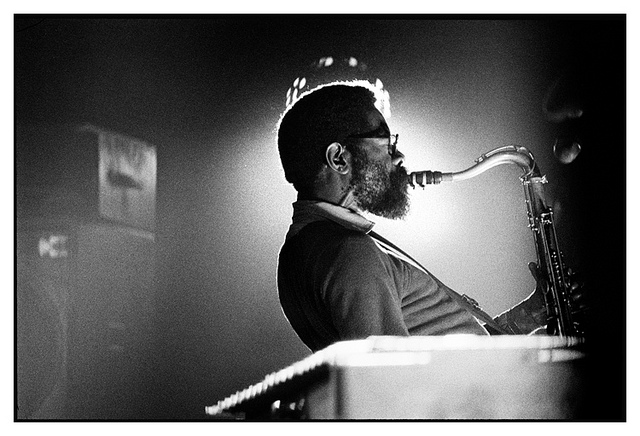
More Isn't Necessarily Better...
Some jazz pianists get caught up in the mentality that the more notes in a voicing the better. We do our best to cram all the 9s, 11s, 13ths as we have fingers for in every chord we play. If done correctly, those thick chords with lots of tensions can have a great sound. However, more isn't necessarily always better. Less dense voicings have a great sound too, plus we don't have to exhaust all of our mental energy playing them We can focus on what really counts 1) Playing the melody 2) playing with the a good rhythmic feel 3) and improvising in a meaningful way. Tons of great pianists, including Thelonious Monk, Bud Powell, and Bill Evans, utilized two-note voicings.
Some of my favorite chords to use in my left hand, especially in a solo piano context are shell voicings that contain only two (yes I said TWO!) notes. Those notes will be:
1) Root + 7 2) Root + 3 or 3) Root + 6
I decide which of these three combinations to play based on where the voicings will lay on the piano. I don't want it to be too high (interferes with the melody) or too low (gets too muddy). I'll also think about voice leading too. For example, If you play a Root + 7 for a ii7 chord, a Root + 3 will work nicely for a V7 chord.
And a last plug for how great these voicings are, when you are first learning a tune, you don't want to have to think too hard about complex voicings. You just want the essentials (Root, third, seventh, melody note). Once you get get the hang of the shell voicings on a particular tune, they leave lots of room to add other voices if that's your thing.
All The Things You Are
The best way to learn a new concept (in this case, two-note left hand voices) is to apply it to tunes. A great one to try for this concept is Jerome Kern's All the Things You Are. It has a lot of changes (just about one per measure!) and there is not a lot of repetition. In the following video tutorials and sheet music, I take you through ATTYA using this concept.
Can you come up with different shell voicings to use over this tune? What about applying the concept to other songs?
Happy Shedding!
Video Tutorial Part 1
Video Tutorial Part 2
Sheet Music



 RSS Feed
RSS Feed